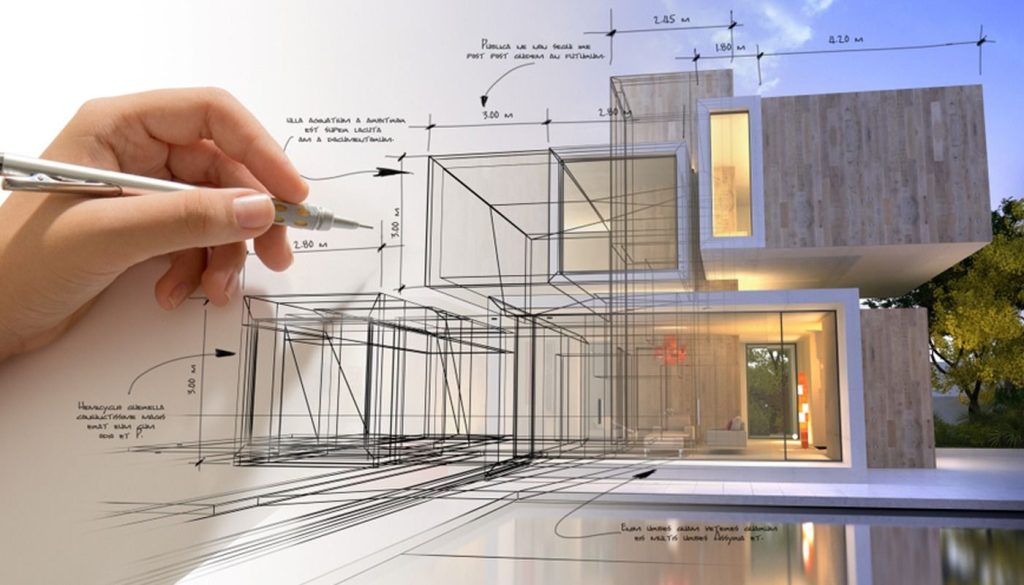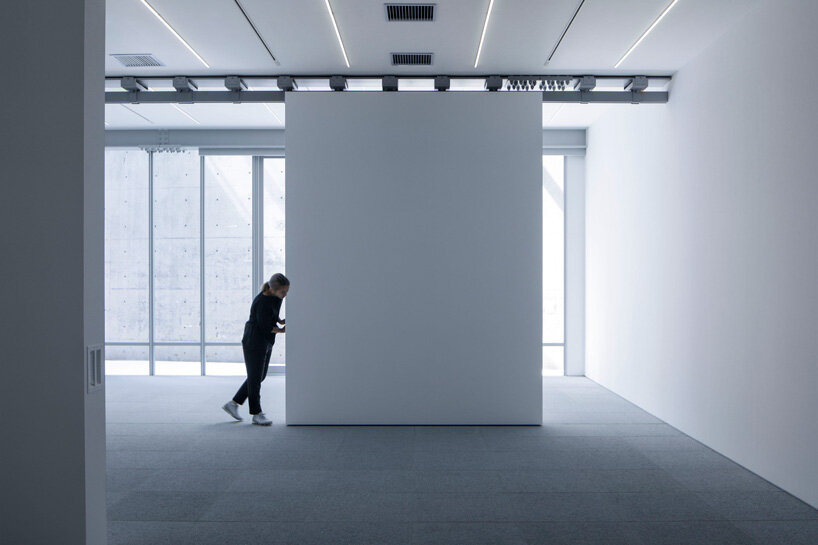Architecture is the discipline of planning, designing, and building marvellous structures which are both functional and visually pleasing. However, before an architect can even start building his new masterpiece, they must have a vision. While several architecture schools demand a steady sketching hand for their courses, thanks to technological advancements the necessity of sketch drawing has been replaced by Computer Aided Design (CAD) tools and Building Information Modeling (BIM). However, this must not discourage you to pick up a mechanical pencil (if you are a beginner) and try your hand at sketches. After all any architecture sketch aims to communicate your vision.
The History of Architecture Sketches
The 14th-century Italian artist Giotto’s religious paintings are often credited for the beginning of architecture sketches. He developed both single and two-point perspectives, giving his paintings a delectable depth. In the 15th and 16th centuries, Italian religious art along with Dutch and Flemish paintings were garnering support due to their extreme precision. It was during the Italian Renaissance that the architect Andrea Palladio rose to prominence. He applied perspective to his architecture sketches. His beautiful designs, especially his four-meter-deep stage gave an illusion of being hundred meters long.
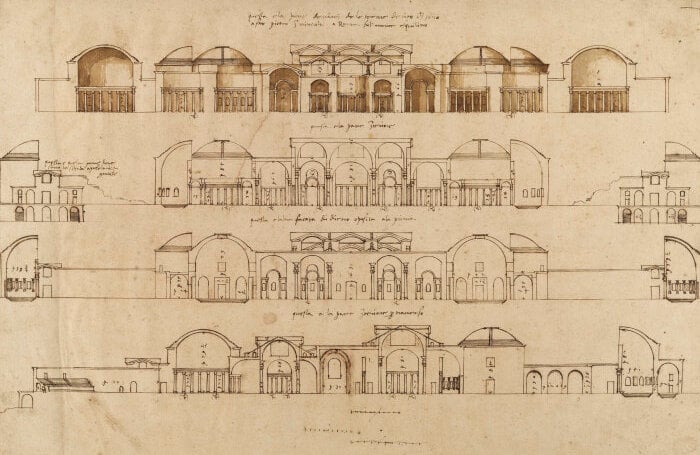
In the 17th and 18th centuries, priority was given to the interplay of light and shadow to connote emotions. Italian artist Piranesi used perspective to produce an architecture sketch of the Colosseum. Using exaggerated and dramatic light, his sketches evoked feelings of fear in the viewers. During the Beaux Arts period, Claude Nicolas Ledoux laid out a plan for Saltworks. Once penning down his creation, he revisited it numerous times to refine and detail it.
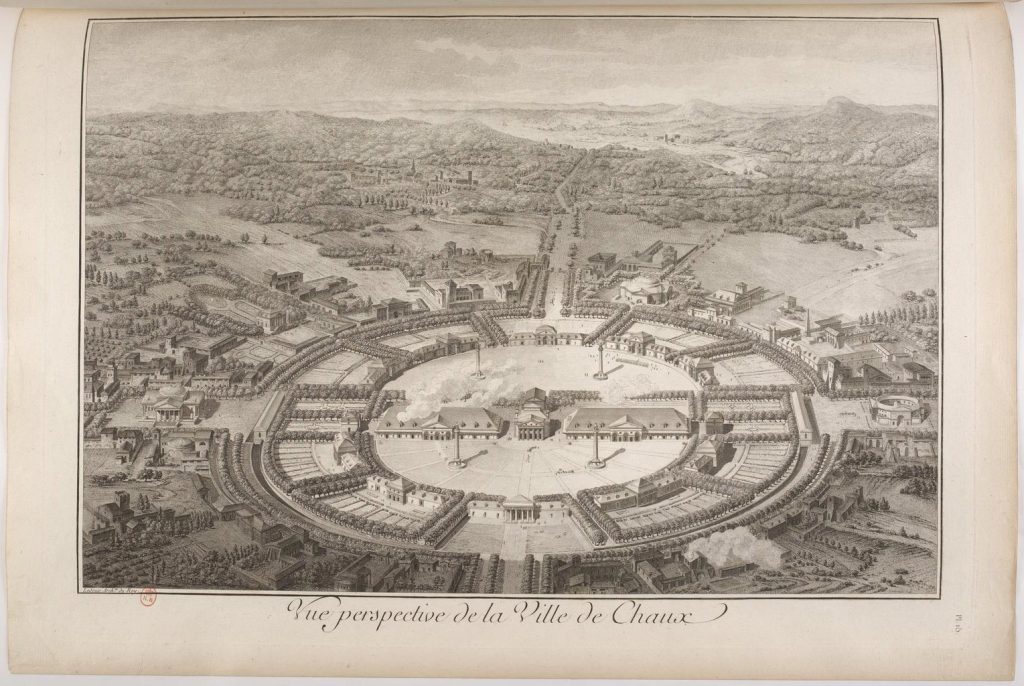
Fast forward to the early 1900s and Le Corbusier’s plan of Villa Savoye was heralded as one of the greatest architecture sketches of all time. He visualized the space in three dimensions, which provided an accurate depiction of the space and any adjustments that could be made. It also showcased how various elements would interact with each other. By the mid to late 1900s, technological advancements had been made. Norman Foster and Richard George Rogers were credited with popularising the new technology.
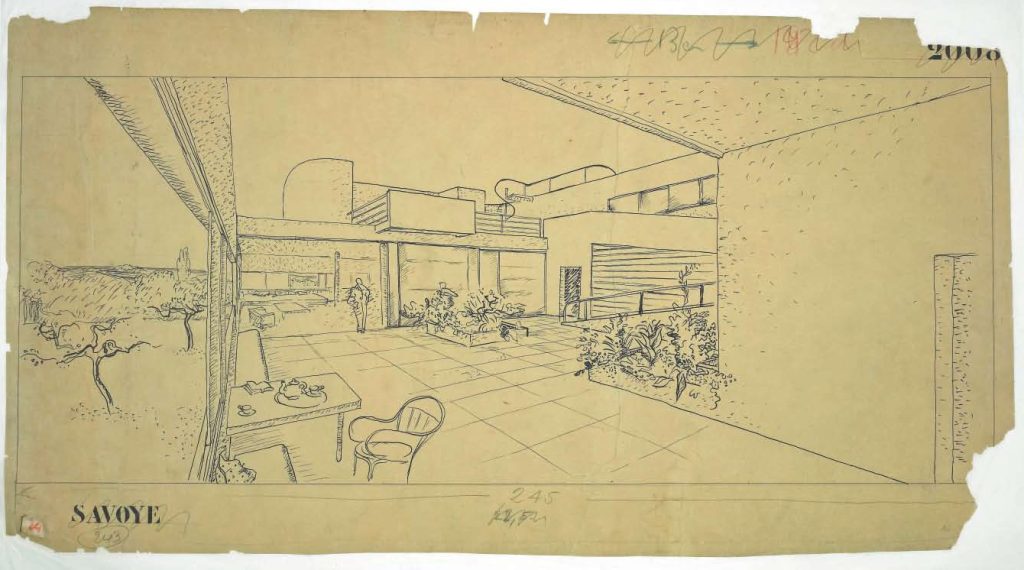
Quintessential Architect Drawing Concepts
Before trying your hand at sketching, you must focus on what you wish to present. We recommend you see buildings not as decorative masterpieces (which will only succeed in bamboozling you), but rather as volumes and shapes with myriad edges. A single edge in an architectural sketch connotes lines, angles, and the relationship with other edges. Be mindful of the shape of the building and the shadows it casts. In this big shape, you may now insert or subtract structures. Once done, add details to these structures. Take extra notice of why these details are significant to the building. Adding random embellishments will only create chaos.
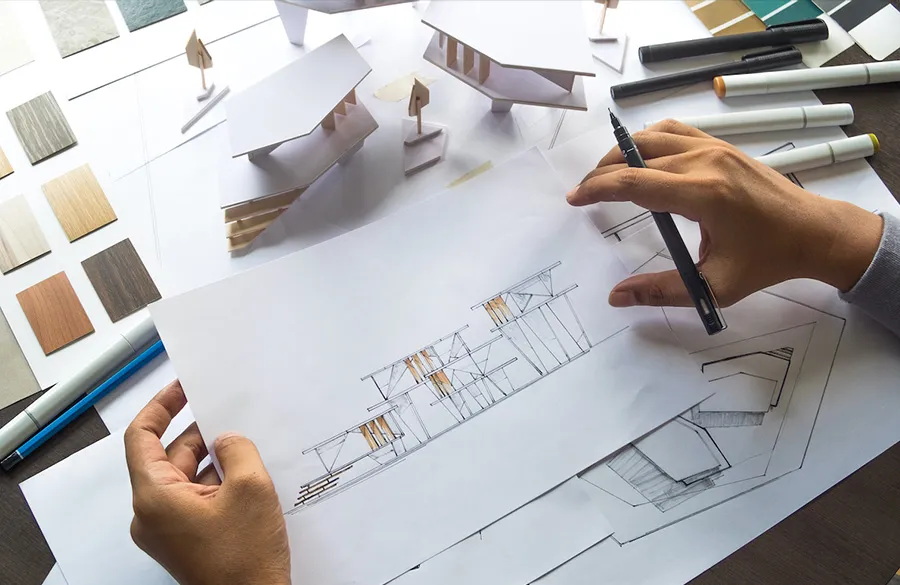
Perspective is essential when it comes to architectural sketches. Try adding different elements (trees, clouds, etc.) to your sketch. This will properly denote the scale of your design and work wonders if you are working on a landscape architecture project. We also suggest that you start sketching the part you feel the most comfortable with. You can branch out from this point. Architecture concept sketches are rarely technically perfect. Therefore, you must not fixate on creating a symmetrical sketch but a more balanced image. You may devise harmony by borrowing rules of a composition painting such as the golden ratio or the rule of thirds.
Tips for Architecture Building Sketch
While sketching, it is imperative to take control of the 7 elements of art and design. Architecture drawing is no different. To make easy sketches of your vision, we recommend you try the following tips, which will undoubtedly enhance your architectural concept sketches and impress your clientele.
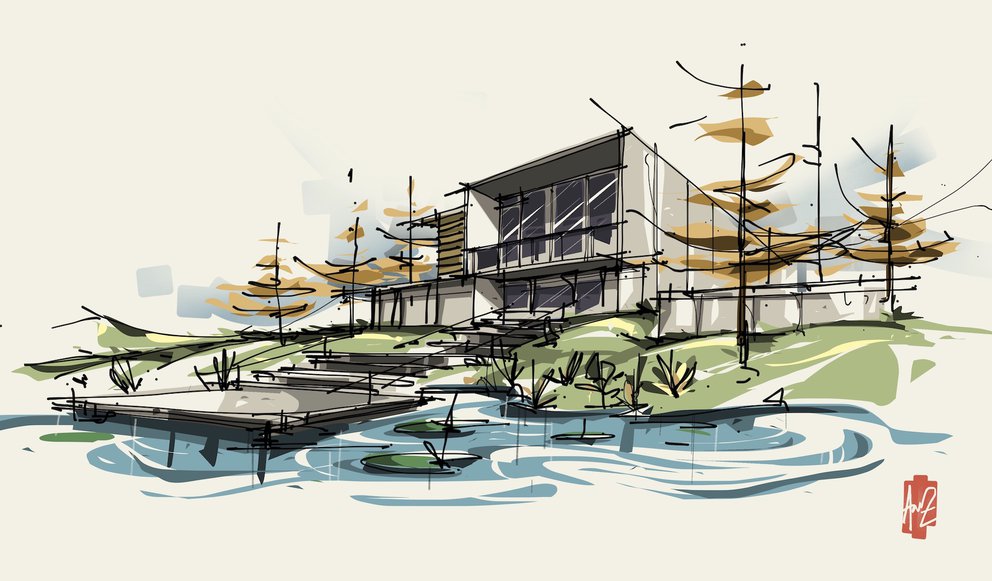
- If you are a beginner, it is advised that you lock your elbow and wrist in one place and then start sketching. This will ensure that your lines are straighter. Once you are accustomed to this practice, you may let go of this tip and draw nuanced lines.
- If you position your hand at the tip of the graphite pencil, it will give you more control and precision, making darker lines. If you hold your pencil further up, the lines produced would be relatively lighter.
- A mix of dark and light lines will enliven your architecture sketch. Don’t forget to use various pencils (3H, 6B) to adjust the shade.
- You may use watercolours to add a hint of grainy texture and colour to your sketch. You can use other mediums as well.
- Make each of your architecture design sketches on trace paper. It will allow you to superimpose your concepts, assisting you in adding or subtracting design elements from your final sketch.
- Make a habit of sketching daily even if it is just for a few minutes. Use a reference image to ease your load.
- Try to study different architectural styles (Gothic architecture, classical architecture, etc.) and their essential elements.
Image Courtesy – Arch20
Saved or Sold: Diego Rivera’s Mural Stuck at the San Francisco Art Institute


